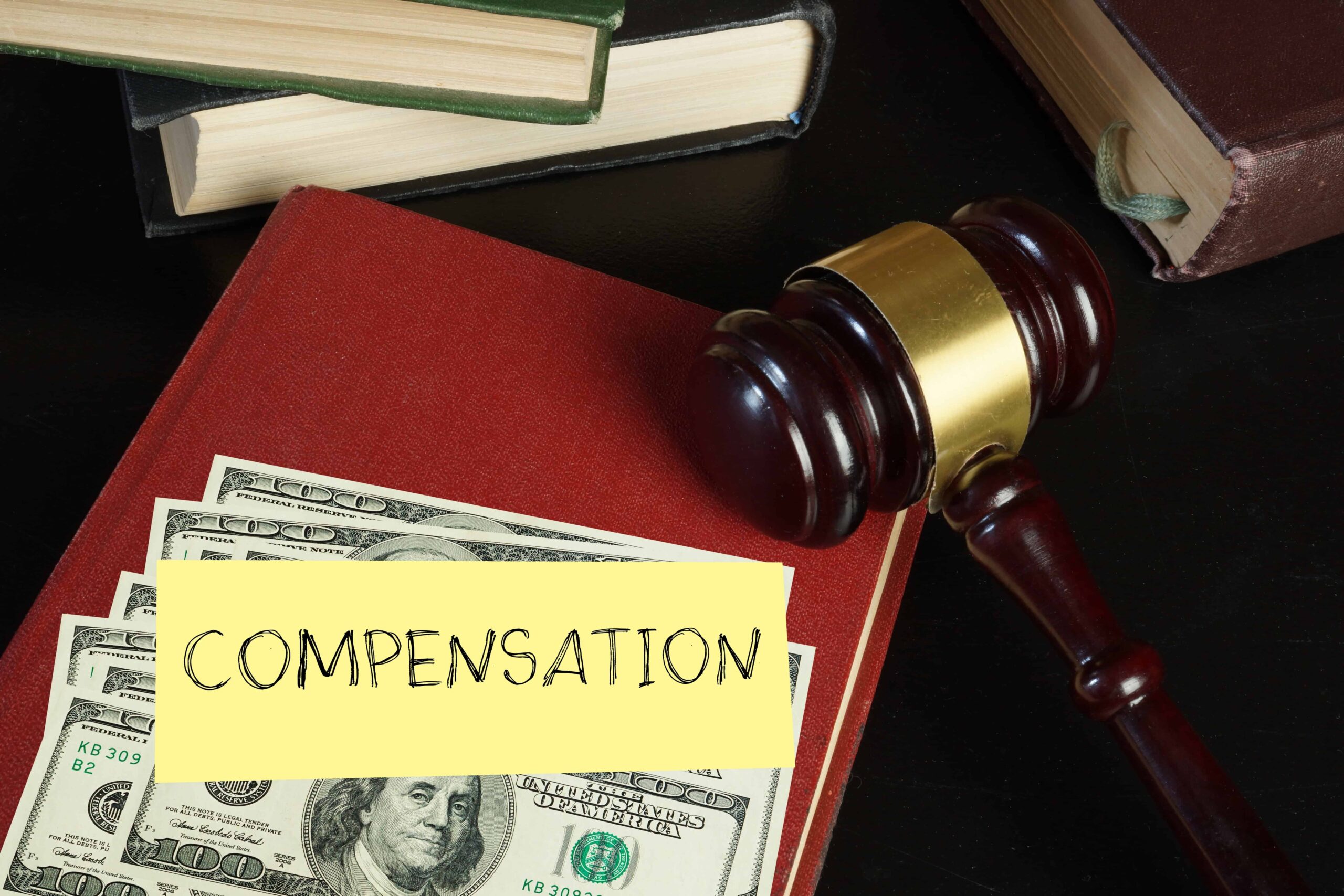

When injured due to another person’s negligence, one of the first questions that arises is how long the case will take to resolve. The answer depends on many variables. While some personal injury claims settle in a matter of weeks, others may take several months or even years, depending on the details involved. Each case progresses on its timeline based on various factors related to the claim.
It is helpful to understand the possible timeline of your case to reduce uncertainty and make informed decisions at every stage. A personal injury lawyer will take on your case to ensure you get fair compensation.
Read on to learn what goes into a personal injury case and how legal representation may affect the overall timeline.
The timeline of a personal injury case is unique from case to case. Each phase of the process contributes to the overall timeline, and while some cases resolve quickly, others may extend over months or years, depending on the circumstances. While each personal injury case is different, most follow a general sequence. Below is an outline of the key stages involved in most personal injury claims.
The process sets off when the injured party, or their attorney, formally notifies the responsible party’s insurance company or files a legal complaint in court. This step involves submitting documentation of the incident, injuries, and damages. It is highly recommended to undertake prompt filing to comply with statutes of limitations, which stipulate the timeline for launching personal injury claims.
Once you have initiated your claim, both sides begin their investigation. It may involve reviewing police reports, speaking with witnesses, assessing damage reports, and analyzing any available photo or video evidence. During this phase, the insurer evaluates fault and attempts to determine the extent of liability. The thoroughness and duration of this step vary hugely based on the circumstances of the case.
The duration of medical treatment has a significant impact on the timeline. If you want to resolve your claim fairly, you need to attain maximum medical improvement (MMI) status, the point at which your condition stabilizes. Settling a case before MMI can result in an undervalued claim, as future medical costs and long-term limitations may not yet be apparent. Therefore, a personal injury lawyer will likely delay serious negotiations until a doctor provides a clear prognosis.
Once medical records are complete and damages are documented, a formal demand letter is sent to the insurance company. This letter outlines the basis of liability and includes a detailed summary of losses. The insurer may accept, reject, or counter the demand. This phase can proceed for weeks or even months, depending on the insurer’s willingness to settle and the strength of the claimant’s case.
If the insurer is ready to offer a fair settlement, the parties will finalize the terms in writing. A release of liability must be signed, which bars the claimant from seeking additional compensation related to the same incident. This step is relatively quick, often completed within a few weeks, provided both sides agree on the terms without further disputes. Once this step is complete, the case is considered resolved outside of court.
After settlement, the insurance company typically issues a check to the attorney’s office. The funds are used to pay outstanding medical bills, legal fees, and other liens. The remainder is then disbursed to the client. Disbursement typically occurs within a few weeks after signing, though delays may arise if liens or fund disputes remain unresolved.

The time a personal injury claim takes depends on several variables that influence the progression of the case. While some cases resolve in months, others may take years due to specific circumstances. Below are key factors that can extend or shorten the timeline of a personal injury lawsuit.
The nature of the incident often dictates how complex the case will be. For example, a rear-end car accident with clear liability and minor injuries may settle within a few months. In contrast, an 18-wheeler crash involving multiple parties, catastrophic injuries, and federal regulations can take years to resolve. Larger claims with significant damages also tend to draw more scrutiny from insurance adjusters and defense attorneys, particularly when commercial policies or corporate defendants are involved.
Cases with multiple defendants or multiple injured parties usually require more time. Each party may conduct its investigation, and disputes about relative fault or percentage of liability may emerge. Coordinating between insurers, defense attorneys, and medical providers slows the process and can extend negotiation timelines. In addition, if there are cross-claims or third-party defendants, this can significantly increase the time it takes to reach a resolution.
The case may face delays if there is any question about who caused the accident or whether the plaintiff contributed to their injuries. Insurance companies are less likely to settle quickly when liability is contested. They may argue contributory or comparative fault to reduce their financial exposure.
In some cases, accident reconstruction experts or independent medical examinations may be required to clarify these issues. If liability cannot be resolved informally, the case may be pushed into formal litigation.
The available insurance coverage plays a critical role in how a case proceeds. Claims against state minimum liability policies tend to resolve faster because of a clear coverage limit and less incentive for insurers to drag out negotiations.
Conversely, the insurance company may be more aggressive when a large commercial or umbrella policy is involved, such as in a trucking or premises liability case. Higher-value policies are more likely to trigger a full defense strategy, including surveillance, background checks, and prolonged settlement negotiations.
The more serious the injuries, the longer the treatment period and recovery. A person with soft tissue injuries may finish treatment within weeks, while someone with spinal cord damage or traumatic brain injury may require years of care.
Your personal injury lawyer will most likely delay the filing until you attain the Maximum Medical Improvement (MMI) state before issuing a demand. Settling before that point risks under-compensating the client for future medical needs or permanent impairment. Complex medical cases also require extensive documentation and, at times, testimony from specialists or life care planners, which contributes to longer timelines.
It is important to distinguish between a personal injury claim and a lawsuit. A claim is typically made directly with the insurance company and may settle before any court filing. However, a lawsuit is filed in civil court when negotiations fail or time is running out on the statute of limitations.
Once a lawsuit is filed, court rules and procedural steps extend the timeline, such as discovery, depositions, motions, and scheduling orders. Even cases that are strong on liability and damages may take one to two years to reach trial, depending on the court’s docket and the willingness of the defense to negotiate.
As a personal injury claimant, you can benefit from understanding how these elements interplay to set realistic expectations and prepare for potential delays. By anticipating these variables, you can better strategize with your legal counsel to pursue a timely and fair resolution.

Hiring a personal injury attorney provides legal guidance that directly influences how quickly or effectively a case moves forward. An attorney’s role touches every stage of the claims process, and their decisions, resources, and level of involvement can either expedite a fair settlement or extend the case when necessary to secure full compensation. Below are the key ways legal representation can impact the overall timeline.
A personal injury attorney initiates essential steps immediately after being retained, preserving evidence, notifying insurers, obtaining medical records, and identifying liable parties. Without legal representation, a claimant may overlook deadlines or fail to document their injuries in a way that supports the claim.
Your lawyer will see to it that your claim is initiated on time. And if a lawsuit becomes necessary, they will monitor court deadlines to avoid dismissals or procedural delays. An attorney will ensure timely and organized case management to help prevent the case from stalling.
One of the most critical judgment calls a lawyer makes is when to send a demand for settlement. While it may seem desirable to resolve a case quickly, an attorney may recommend reaching Maximum Medical Improvement (MMI). It ensures documentation of the full scope of damages, especially future medical costs, permanent disability, or reduced earning capacity. Although this may delay settlement by several months, it will prevent you from accepting lowball offers based on incomplete information.
Insurers are less likely to delay or undervalue claims when they know a claimant is represented. Attorneys bring credibility to a demand by compiling detailed medical records, calculating damages accurately, and referencing case law or jury verdicts to justify the claim’s value. If the insurer refuses to give a reasonable offer, your attorney can escalate the case to court, something an unrepresented claimant may not realistically do. The threat of litigation alone often brings insurers back to the negotiating table.
Legal counsel can prepare the case for trial if a fair settlement isn’t possible through informal negotiation. While filing a lawsuit adds significant time before a court date, it may result in a higher recovery. Personal Injury attorneys can use the discovery process to compel the defendant to produce records, admit fault, or negotiate under pressure.
Additionally, your lawyer can bring in expert witnesses, accident reconstructionists, or economists to strengthen the case if needed. Although litigation requires patience, it can produce a more accurate and justified outcome for the client.
Law firms with robust support systems can move a case forward more efficiently. Paralegals, case managers, and medical liaisons help gather documentation, monitor treatment progress, and communicate with insurance adjusters or opposing counsel. This level of coordination helps reduce delays caused by paperwork, missing information, or poor follow-up. In contrast, self-represented individuals are likely to be overwhelmed by the challenges and pace of this process.

If your personal injury case is resolved in your favor either through a negotiated settlement or a court award, compensation is usually issued within two to four weeks after finalizing the agreement. A payment deadline is generally established as part of the settlement terms or court order, ensuring that the insurer or liable party fulfills its obligation within a set timeframe. However, there could be factors that can occasionally delay the issuance of payment and extend this period.
It’s important to understand that while every case follows its timeline, the end of a claim doesn’t necessarily mark the first time an injured person receives financial relief. In cases involving serious injuries or prolonged litigation, requesting interim payments, which are partial disbursements made before the final settlement or verdict, may be possible. These payments can help cover urgent expenses such as medical care, rehabilitation, or lost income during the claims process.
While not available in every case, interim payments are more likely when liability is clear and the at-fault party’s insurer has acknowledged responsibility. A personal injury lawyer can assist with securing these funds early to ease financial pressure and allow you to focus on your recovery without waiting for the entire legal process to wind up.
The timeline for settling your claim can vary greatly depending on the facts. Regardless of the case’s duration, knowing what to expect at each stage can help make informed decisions and stay focused on recovery. Having a personal injury lawyer on your side can improve the pace and outcome of your case.
Legal representation ensures that you meet key deadlines without undervaluing your claim. The sooner you act, the sooner you may receive the financial support needed to move forward confidently. Consult your personal injury lawyer to begin building a winning claim for full compensation.